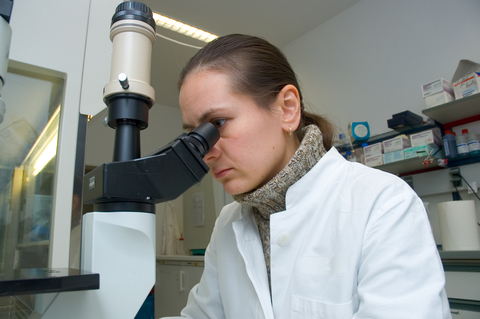Humans need metal to maintain strong bones, just like Wolverine

An international team of researchers, led by the University of Manchester, has used the Diamond Light Source to image the precise location and chemistry behind the growth in bone for the first time (University of Manchester, 2017). Their research has provided fresh insight into how bones grow and develop, and how the traces of metal found in bones play a vital part in this process.
The team analysed how mammal bones grow by studying the skeleton growth of rodents. Unlike Wolverine from the X-Men, mammals do not obviously have metal claws. However, all vertebrates, including mammals rely on tiny concentrations of trace metal in our bones to control their formation, growth and repair. Wolverine’s skeleton is made out of the fictional alloy adamantium, whereas the trace metals found in human bones include copper, calcium, zinc and strontium.
“The reason bone needs to be able to store these metals is that many biological processes rely on the tiniest traces of chemical elements like zinc and strontium,” said Dr Jennifer Anné. “A good example of that is what we are seeing in the developing skeleton of our mouse.”
The process responsible for the development of most of the bones in the body (endochondral ossification) is layered into distinct areas of activity from the centre of the developing bone to its extremities. These areas can be simplistically placed into three categories; cartilage, replacement and mineralised (ossified) bone.
The seemingly straightforward three step process from soft cartilage to mineralised bone is actually a complex cocktail of growth hormones and proteins that few fully understand. Luckily these processes leave elemental fingerprints that have now been identified and read by the team.
Lead author Dr Jennifer Anné said “We found that the different steps that occur as the skeleton goes from cartilage to bone were highlighted in the corresponding element needed for this processes to occur. You get to see a snapshot of these processes occurring throughout the limb; something that hasn’t been imaged before.”
The University of Manchester’s Professor Phil Manning, an STFC-funded co-author of the study, said “Our work is slowly teasing new information from life on Earth that can be mapped from their mortal remains. What is truly remarkable is that such biomarkers can then be traced-back in time yielding insight to the evolution and biology of long extinct lifeforms, from Trilobites to the Tyrannosaurus Rex.”
Although it is well known that certain metals can aid in bone health, this is the first time that these metal helpers have been imaged spatially as they weave their bony scaffold. Intensely bright X-rays generated by Diamond allowed the team to produce detailed images of where these minute metals were located within the tiny bones of the mouse limb.
Co-author Dr Nicholas Edwards from the University of Manchester said “We focus on the trace elements rather than the proteins themselves because of the preservation potential of the metals, which means we can image biological processes from the recent to the ancient.”
This is not the only time the team has used this X-ray light, which is ten billion times brighter than that the sun, to visualise the chemistry in bone. Their previous work has looked at the beautiful preservation of biochemistry in fossil organisms, in birds, dinosaurs, manatees and plants up to a hundred and fifty million years old. The results from this work highlight not only the importance of synchrotron-based imaging but hint at the possibilities to come.
Professor Fred Mosselmans, Science Leader on the I18 beamline at Diamond, said “We’re proud to support a wide portfolio of bone research across a number of our beamlines, and this is another good example of how we’re supporting interdisciplinary research at Diamond. I18 allows researchers to detect and quantify elements using a tiny beam of X-rays. The technique is incredibly sensitive, so where elements are present in minute concentrations, our beamline is still able to detect them. This is useful in material science, chemistry, environmental science, as well as biology.”
The research group will be scanning some new fossil material at the Stanford Synchrotron Radiation Lightsource in California this spring. The research on the mouse will be used to help the team identify ossification and other bone processes such as remodelling and cartilage replacement in the fossil record, from fossil mice to dinosaurs.








